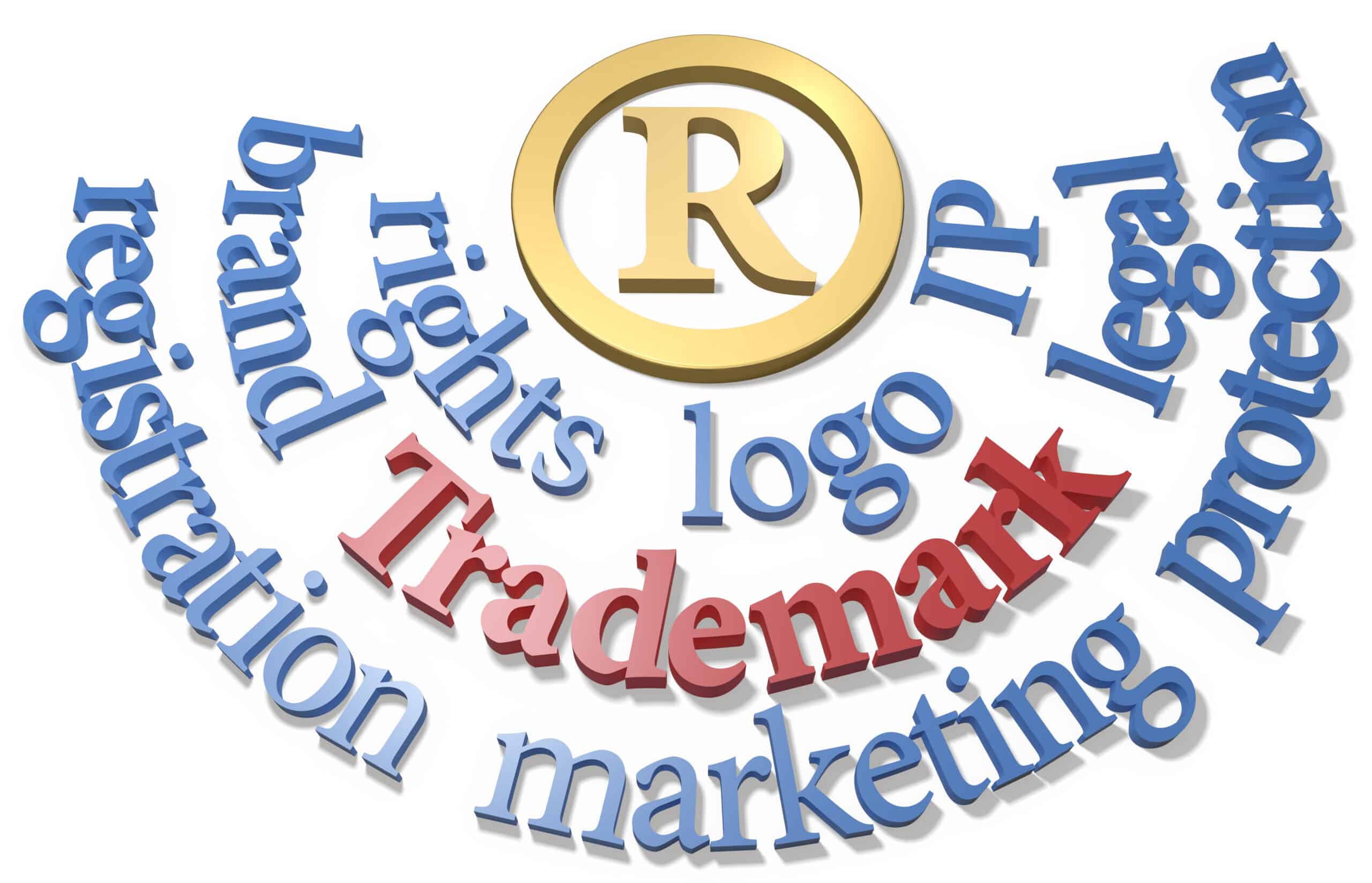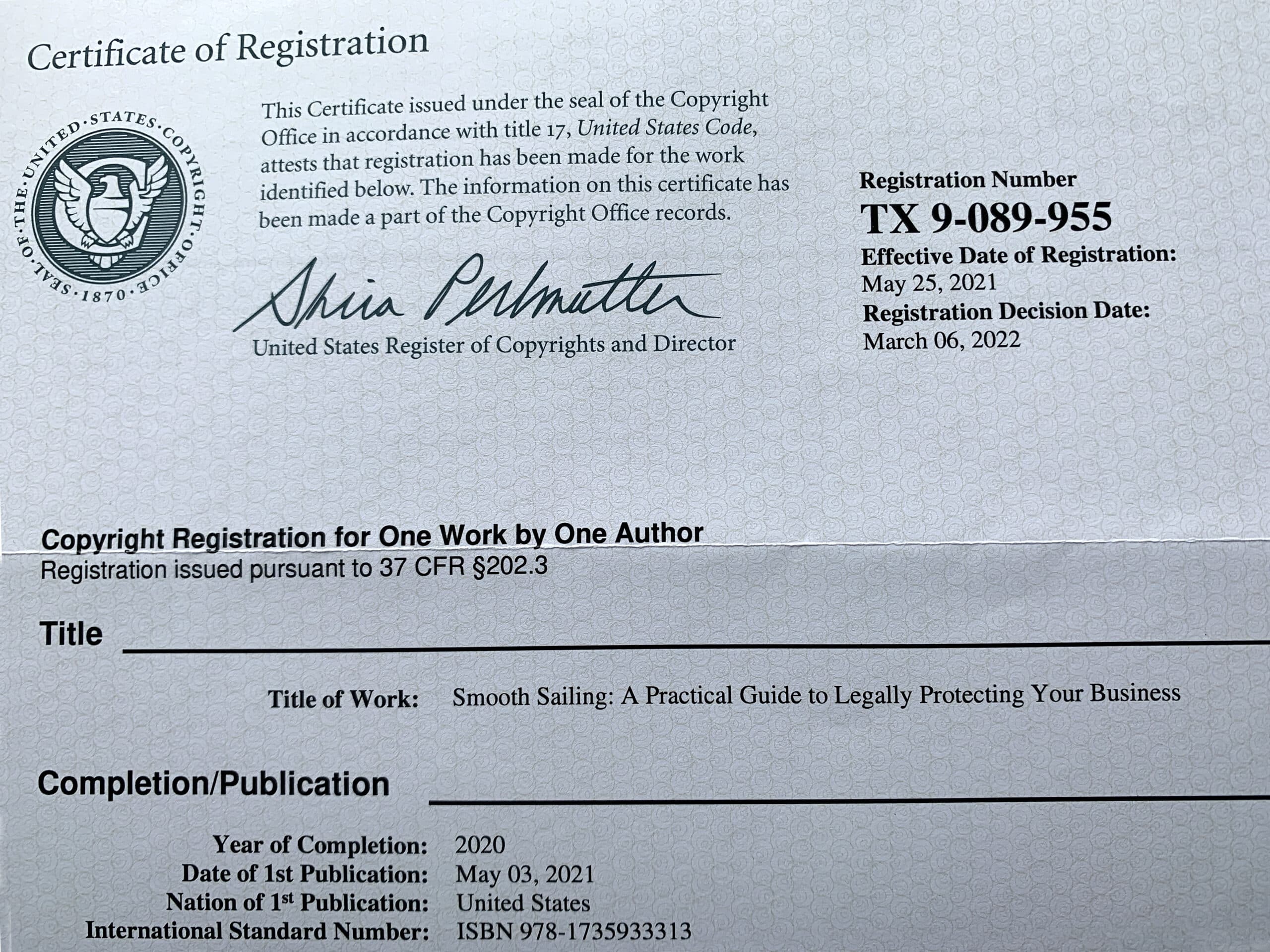Choose a strong name for your business to build your intellectual property portfolio. Because not all business names are created equal. And the name or logo you choose may affect your ability to get a trademark registration with the United States Patent and Trademark Office (USPTO). A strong name for your business increases your ability to secure a federal trademark registration.
Potential brand names fall on a spectrum from strong to weak to just plain ineligible.
Strong Trademarks
Strong marks are unique and memorable. They don’t merely describe the business product or service.
Fanciful Marks.
The strongest trademarks are fanciful – often made-up words. For example, “Google” and “Bing” as search engines. The words are entirely made up and have no literal connection to what the company does. They aren’t descriptive of the products or services.
The more unusual your name is, the more likely it is eligible for trademark protection. Think outside the box! Of course, fanciful names come with a trade-off where your marketing is concerned. Because they don’t clearly and conspicuously indicate who you are, what you do, and what problem you solve for your potential customers, it is harder to create brand recognition. Weigh the benefits of trademark protection against the additional marketing work when deciding on your name.
Arbitrary Marks.
Another category of strong marks eligible for trademark are those where the meaning is completely arbitrary. Think Apple for computers and phones. An apple is a fruit. And an apple has nothing to do with computers or phones. As a brand, the name Apple doesn’t clearly identify the product or service on offer.
But Apple made the name synonymous with their brand of computers and cell phones. As with fanciful marks, an arbitrary mark may take years of advertising to gain brand recognition.
Marketing experts usually want you to have a brand that makes it clear to your market who you are and what you offer. It’s a trade-off. If you are in your business for the long haul and want to become a household name with a strong IP portfolio, go for the fanciful or arbitrary marks.
Suggestive Marks.
Suggestive marks are the mid-way point. These are also good candidates for federal registration, but are not as strong as fanciful or arbitrary marks. An example of a suggestive mark is “Day At A Glance” for calendar planners. While the mark does not use the words “calendar” or “planner” it is suggestive of that use or product.
Weak Trademarks
Weak marks are difficult, if not impossible, to successfully register with the USPTO.
Descriptive Marks.
The weakest potential marks are those that are merely descriptive of your business. For example: Accurate Accounting, Pisano’s Pizza Place, or Flourtown Florist. These names tell you what the business is, sometimes including the name of the town it is located in or the name of the owner, but there is nothing distinctive about the name that would distinguish it from similar accounting firms, florists, or pizza shops. These marks are much easier to market, but also much harder to protect.
Ineligible Marks
Then there are marks that are simply ineligible for trademark protection. Period.
Generic Marks.
The USPTO doesn’t permit a business to register generic names. Generic would be the actual name of the “thing” you are trying to trademark – such as pizza, flower, accounting.
Non-Registrable Marks.
Other non-registrable marks include surnames, geographic descriptors, foreign terms that translate to generic terms, titles of books or movies, and individual names or likeness unless consent of the person is recorded.
There are extremely rare exceptions when an owner can establish that consumers associate the mark with the owner’s specific product or service. This is generally accomplished through a long period of established use, or substantial advertising and sales. Examples are ChapStick (a generic term that gained brand recognition) and McDonald’s (a surname that gained brand recognition).
Conclusion
There are three simple steps to establishing a trademark portfolio for your business:
- Choose strong name for your business that will withstand USPTO scrutiny.
- Perform a trademark clearance search to ensure there are no barriers to registration.
- File your application!
Need help? I’m here! Book a Trademark Discovery Call Now.












